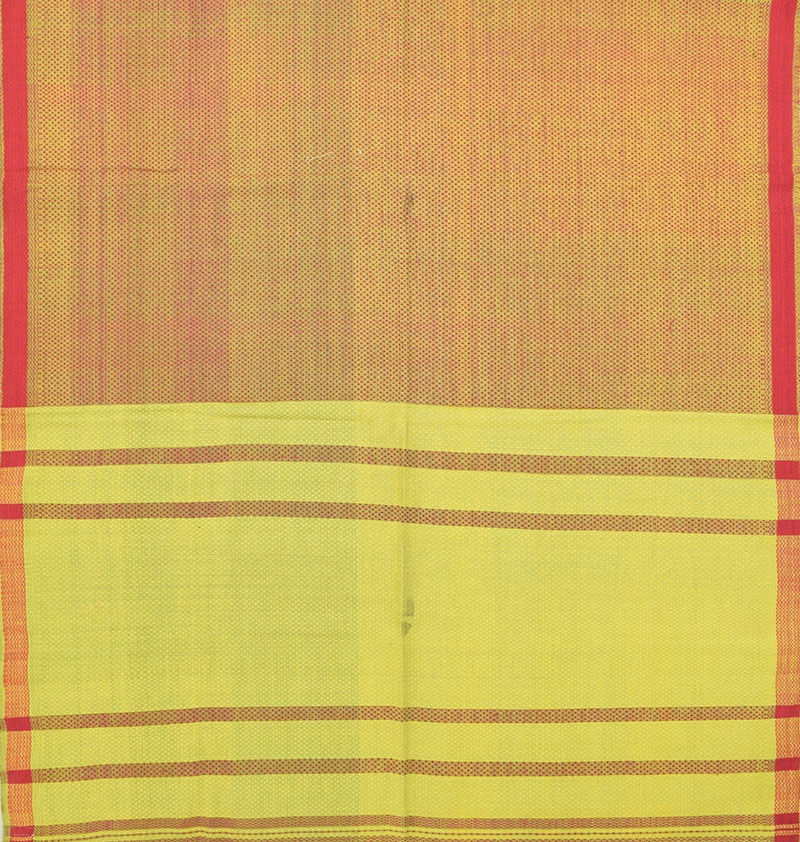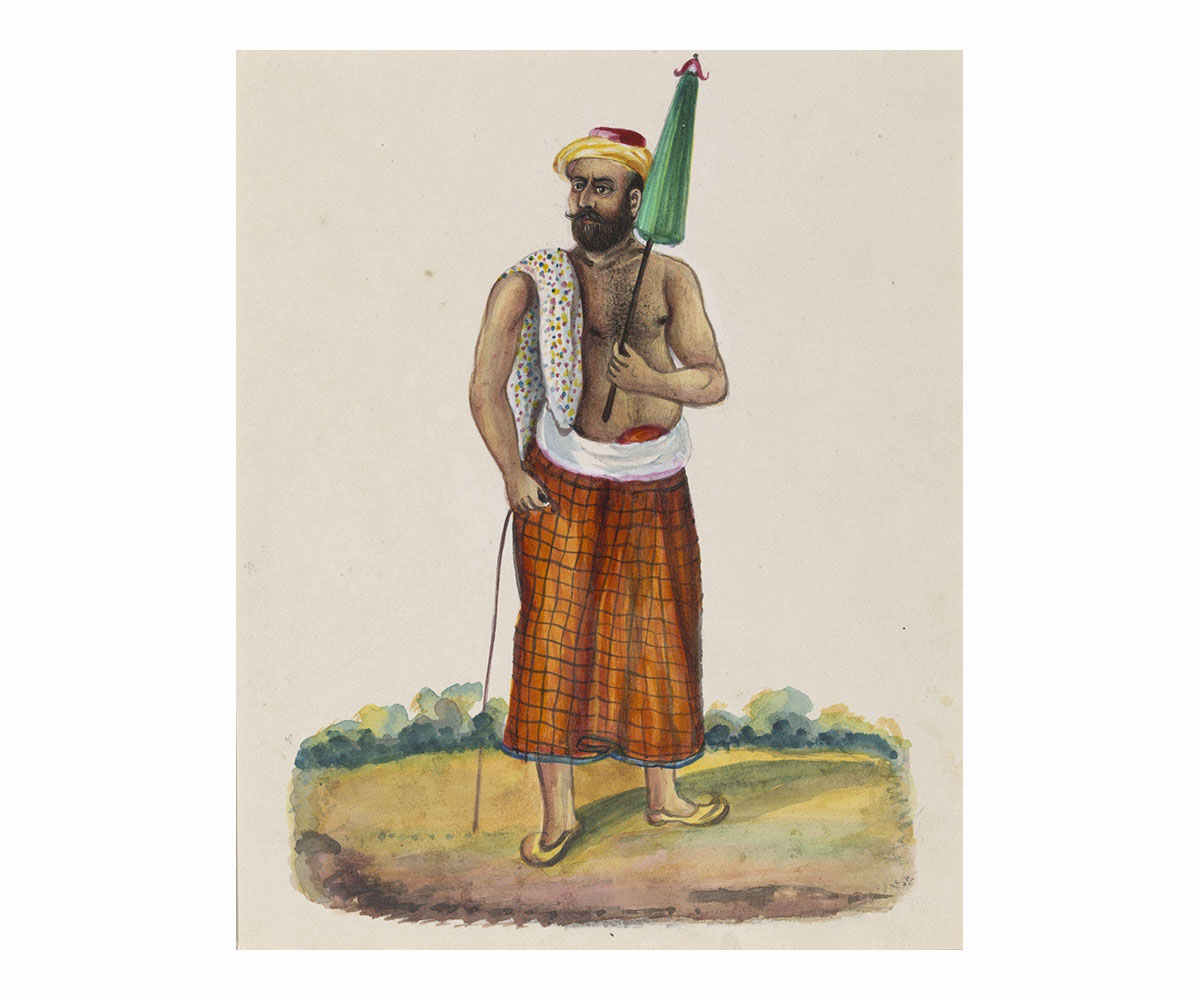ARTICLE
Lungi
Though widely worn in different parts of India, the lungi is popularly associated with a South Indian identity. This became a source of controversy in Maharashtra during the 1960s, when a regional political organisation began using the term lungi–wallah (“lungi wearer”) to refer to migrants from South India in a derogatory manner. Further, unlike the dhoti, the lungi was historically associated with non-dominant castes, though it is worn by men and women across castes today. The garment is known by different names in different parts of India and Southeast Asia, including tamba/tehmet in Punjab, kaili in Kerala and longyi in Myanmar.
Bibliography
Our website is currently undergoing maintenance and re-design, due to which we have had to take down some of our bibliographies. While these will be re-published shortly, you can request references for specific articles by writing to hellomapacademy@map-india.org.








